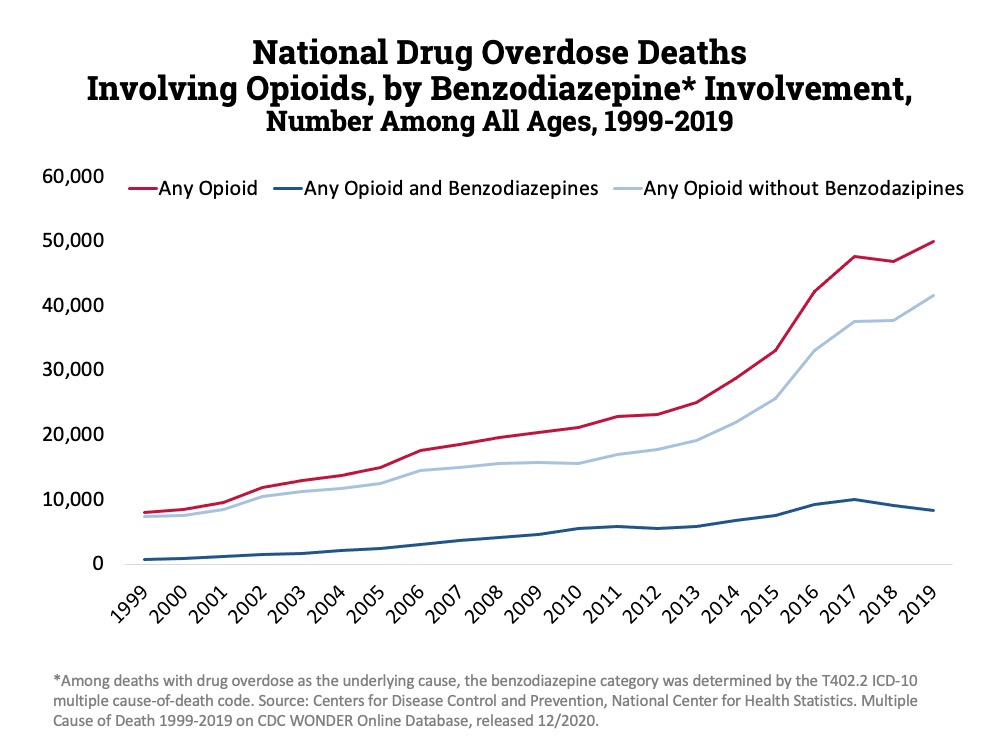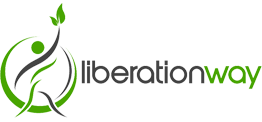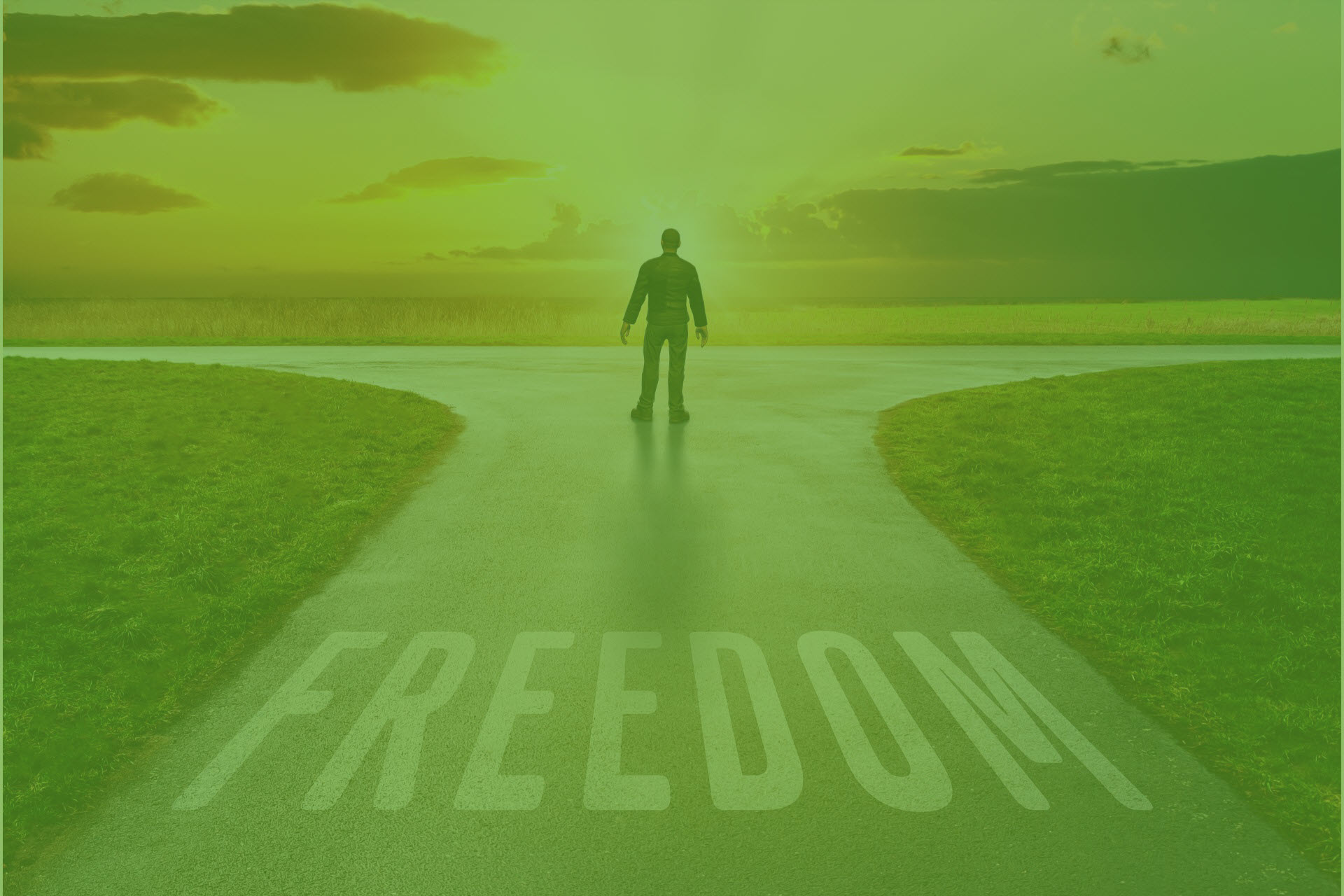Opiate Treatment Programs
Contents
- 1 Opiate Treatment Programs
- 2 Treatment of Opiate Addiction
- 3 Post-rehab planning
- 4 How Long Does Opioid and Heroin Addiction Rehab Last?
- 5 How Much Does Opiate and Heroin Addiction Treatment Cost?
- 6 What is the most effective treatment for heroin dependence?
- 7 How Are Opiate addiction and Withdrawal Treated?
- 8 Facilities treatment Opioid addiction
- 9 Should We Carry Narcan at Home?
Opiate usage is a worldwide epidemic, and millions of people are battling this potent kind of addiction. A personalized treatment plan can aid in the healing of patients.

Treatment of Opiate Addiction
Opiate addiction is a sickness that ravages the brain and key organs. Addiction treatment is the sole method of overcoming this dependency. Treatment often takes place in an inpatient or outpatient rehabilitation clinic and consists of a combination of therapies, drugs, and other helpful aids.
The length of time required for treatment differs amongst patients. A 30-, 60-, or 90-day treatment program equips some individuals with the skills necessary to maintain sober. Others, however, may opt to remain in treatment beyond 90 days to maximize their chances of being sober throughout recovery.
Act immediately if you are prepared to begin the rehabilitation process. Overcoming an addiction may be one of the most difficult things you’ll ever accomplish, but entering rehab will be an excellent choice for living a more fulfilling life.
How Can You Tell if You Have an Opioid Addiction?
While there is no blood test or other laboratory procedure for diagnosing addiction, there are distinct behavioral signs that the disease has taken hold. If you concentrate over obtaining and using a substance, and then spend the majority of your time recovering from the effects of substance abuse, you are likely addicted. Other clear indications include compromising your beliefs, engaging in risky behavior, and suffering bad effects in your relationships and other areas of your life as a result of your use.
If you are uncertain about the severity of your problem, perform a quick inventory to determine how your drug usage affects your life.
How Is Opioid Dependency Treated?
Programs and services for heroin and opioid addiction treatment differ by provider and by the type and quantity of treatments required to properly address your situation. Here are some essential components of effective treatment programs for opioid addiction:
- Medical detox
- Evaluations covering medical, psychological, and substance abuse history
- Psychiatric services
- Medical services
- Medically aided treatment
- Individual and group chemical health services
- Fitness and health
- Facilitating Twelve Step
- Nutritional guidance
- Personalized planning
- Family support
- Spiritual care
- Immersive and educational workshops
Post-rehab planning
It is also crucial to understand that your pace through rehabilitation will differ from that of individuals around you. While there are common recovery milestones for opioid use disorder, your route to recovery will be unique, based on your particular situation, problems, and requirements. You may be recommended for one or more of the following rehab levels:
- 24-hour staffing and programs for inpatients
- High-Intensity Outpatient Program — Twenty or more hours of programming per week for four or more days per week, including possible on-site sober housing alternatives
- Intensive Outpatient Program (IOP) – Typically begins with 12 hours of programming for four days per week, but can be reduced as the patient’s recovery progresses.
- Continuing Care—Depending on your needs, this can range from one to eight hours each week.
How Long Does Opioid and Heroin Addiction Rehab Last?
The duration of your participation in an opioid treatment program will depend on your specific requirements. Our specialists will collaborate with you, your family, and your insurance company to develop the optimal plan for your care. Addiction, like diabetes or hypertension, is a chronic disease. Regaining and maintaining your health requires you to learn how to manage your symptoms, initially within the structure and support of a rehabilitation facility and then in your home environment, where you will be in responsibility of your sobriety.
The most recent scientific study on substance misuse recovery finds continuing participation in recovery-focused activities as the best predictor of long-term abstinence. During the first 18 months of recovery, when the risk of relapse is at its highest, active participation is particularly vital.
Relevant Resources: Alcoholics Anonymous in San Diego
How Much Does Opiate and Heroin Addiction Treatment Cost?
The cost of opiate addiction treatment varies depending on the provider chosen, the amount of care needed, and the length of time spent in rehab. Whether you have insurance coverage for rehabilitation or are paying out-of-pocket will also affect the cost. Liberation Way is in-network with the majority of insurance providers. The majority of our consumers utilize insurance coverage to assist with treatment costs. Various insurance policies and perks exist. As a non-profit treatment facility, the Liberation Way Foundation provides limited Patient Financial Assistance funding, when available, to assist qualifying patients with expenditures. Explore your alternatives for insurance coverage.
What is the most effective treatment for heroin dependence?
Clinicians at Liberation Way developed the Comprehensive Opioid Response with the Twelve Steps (COR-12®) program in 2015, a medication-assisted supplement to our evidence-based Twelve Step treatment programs, in response to the nation’s emerging opioid addiction crisis, including an unprecedented epidemic of opioid overdose deaths.
If you have been diagnosed with opioid use disorder, your Liberation Way clinical team may prescribe COR-12 to:
- Utilize Suboxone to alleviate the symptoms of opioid withdrawal (Buprenorphine)
- Reduce cravings
- Facilitate your successful participation in rehab programs and activities
Our immediate objective is to lessen your drug cravings and alleviate the discomfort of opioid withdrawal. In addition, we aim to provide our patients with tailored care that welcomes numerous pathways to recovery and encourages continuous engagement in treatment in order to expedite their path to addiction recovery and long-term sobriety.
At Liberation Way, opioid treatment begins with a professional team of addiction specialists who will build a strategy to address your unique recovery requirements and obstacles. This interdisciplinary team will examine numerous elements in establishing your rehab plan, including:
- Substances Used
- Physical fitness
- Mental wellbeing
- Family connections
- Gender
How Are Opiate addiction and Withdrawal Treated?
If clinically warranted, medicines are administered to alleviate withdrawal symptoms at Liberation Way. Our medical professionals will endeavor to ensure that your withdrawal and detox are as comfortable as possible.
After stabilization of your medical condition, your clinical team will recommend the optimal COR-12 pathway for you. We provide three treatment options for opioid use disorder:
- No Medication: During the first one to two weeks of inpatient rehab, you will be gradually weaned off Suboxone®. You will engage in the same treatment methods, activities, and groups as other COR-12 program patients.
- Buprenorphine with Narcan (taken on a daily basis): Buprenorphine/naloxone (Suboxone®) is a film that dissolves beneath the tongue that contains two medicines. Buprenorphine is a “partial opioid agonist,” which means it can suppress opioid withdrawal symptoms and cravings but lacks all of the effects of other opioids. The naloxone in Suboxone® inhibits euphoric effects and respiratory issues when administered intravenously. When you stop using buprenorphine/naloxone, you may suffer opioid withdrawal symptoms, but they will be less severe than if you were withdrawing from heroin or another opioid/opiate substance.
- Extended Release Naltrexone (injected every four weeks): As a “opioid receptor antagonist,” Naltrexone suppresses the effects of opioids. While naltrexone is in your system, you will not feel high if you use opioids. Naltrexone has no euphoric effects and does not create dependence, withdrawal, or breathing difficulties. It has been demonstrated to lower cravings and relapse risk. Extended-release naltrexone (Vivitrol®) is an injectable version of naltrexone with a gradual release rate.
Numerous treatment facilities employ methadone to treat opioid dependence. Learn why Liberation Way employs Suboxone instead than Methadone to treat opioid addiction.
Have questions about medication-assisted treatment for heroin, opioid, or opiate addiction? Read our frequently asked questions about medication-assisted treatment.
Facilities treatment Opioid addiction
Liberation Way opioid treatment programs provide rehab services across the country. Please call us at (866) 275-3142 to talk with an addiction specialist right away.
New York, NY
Los Angeles, CA
Dallas, TX
Philadelphia, PA
Houston, TX
Boston, MA
Seattle, WA
San Francisco, CA
San Diego, CA
Brooklyn, NY
Queens, NY
Riverside, CA
Baltimore, MD
Portland, OR
San Antonio, TX
Sacramento, CA
San Jose, CA
Cleveland, OH
Pittsburgh, PA
Austin, TX
Cincinnati, OH
Columbus, OH
Virginia Beach, VA
Bronx, NY
Providence, RI
Richmond, VA
Bridgeport, CT
Buffalo, NY
Fort Worth, TX
Hartford, CT
El Paso, TX
McAllen, TX
Dayton, OH
Rochester, NY
Fresno, CA
Allentown, PA
Concord, CA
Springfield, MA
Mission Viejo, CA
Albany, NY
Bakersfield, CA
Akron, OH
New Haven, CT
Worcester, MA
Murrieta, CA
Toledo, OH
Staten Island, NY
Long Beach, CA
Denton, TX
Harrisburg, PA
Oakland, CA
Indio, CA
Spokane, WA
Syracuse, NY
Lancaster, PA
Arlington, TX
Stockton, CA
Poughkeepsie, NY
Oxnard, CA
Scranton, PA
Modesto, CA
Youngstown, OH
Anaheim, CA
Victorville, CA
Lancaster, CA
Corpus Christi, TX
Santa Ana, CA
Santa Rosa, CA
Santa Clarita, CA
Antioch, CA
Trenton, NJ
Plano, TX
Irvine, CA
Newark, NJ
Chula Vista, CA
Eugene, OR
Canton, OH
Lubbock, TX
Reading, PA
Salem, OR
Laredo, TX
Jersey City, NJ
McKinney, TX
Killeen, TX
Chesapeake, VA
Norfolk, VA
Fremont, CA
Kennewick, WA
Garland, TX
Irving, TX
Visalia, CA
Atlantic City, NJ
Nashua, NH
Arlington, VA
York, PA
Brownsville, TX
Bremerton, WA
Tacoma, WA
San Bernardino, CA
College Station, TX
Thousand Oaks, CA
Roanoke, VA
Fontana, CA
Moreno Valley, CA
Amarillo, TX
Santa Barbara, CA
Olympia, WA
Frisco, TX
Yonkers, NY
Norwich, CT
Glendale, CA
Huntington Beach, CA
Grand Prairie, TX
Waco, TX
Salinas, CA
Waterbury, CT
Ontario, CA
Hagerstown, MD
Erie, PA
Vancouver, WA
Lorain, OH
Newport News, VA
Rancho Cucamonga, CA
Hemet, CA
Santa Cruz, CA
Danbury, CT
Oceanside, CA
Elk Grove, CA
Vallejo, CA
Garden Grove, CA
Medford, OR
Marysville, WA
Corona, CA
Fredericksburg, VA
Manchester, NH
Alexandria, VA
Hayward, CA
Frederick, MD
Odessa, TX
Palmdale, CA
Midland, TX
Port Arthur, TX
Sunnyvale, CA
Pomona, CA
Escondido, CA
Pasadena, TX
New Bedford, MA
Fairfield, CA
Mountlake Terrace, WA
Should We Carry Narcan at Home?
According to the National Institute on Drug Abuse (NIDA) and the Substance Abuse and Mental Health Services Administration (SAMHSA), having Narcan on hand could save the life of a family member recovering from an opioid use disorder. Naloxone, sold under the brand name Narcan, is a medication that stops the effects of an opioid overdose.
Opioid-dependent individuals confront specific obstacles that can hinder their capacity to maintain long-term sobriety. Anxiety, depression, and severe opioid cravings may persist for months or even years. These factors increase the likelihood of accidental overdose and fatality during relapse. When patients with opioid dependence abstain for days, weeks, or even years and then resume use, their tolerance for the drug decreases to the point where a previously tolerable dose can be fatal.
Helpful Resources:
Dual Diagnosis Treatment Centers: Mission Viejo, CA, Austin, TX, San Diego, CA
Drug Rehabs Centers: San Diego, CA, Corpus Christi, TX

